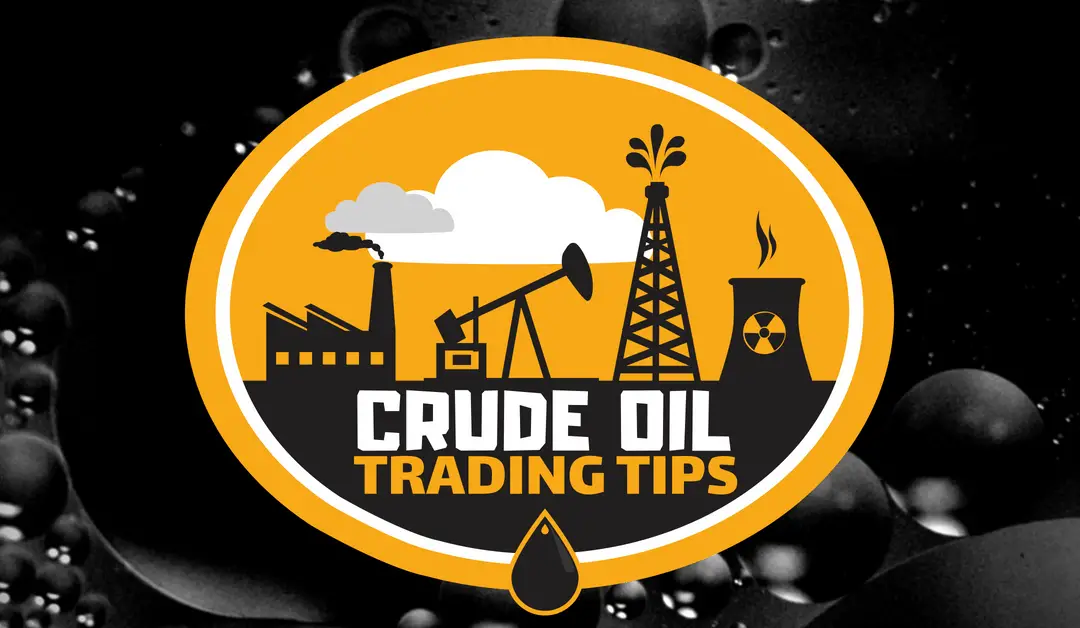
The crude oil market is a global market, as energy is the leading source of intermediate fuel across the globe. Energy runs everything from cars to industrial machinery, along with heating and cooling demand. The crude oil market is fungible where you can deliver the same type of crude oil to any location around the globe. There are several ways to trade crude oil. You can use contracts for differences (C FDs), futures or event exchange traded funds (ETFs). There are also different ways investors analyze crude oil, including using supply and demand calculations along with technical analysis.
How to Analyze Crude Oil
Crude oil prices fluctuate daily and are driven by expectations of future supply and demand. The supply of crude oil is driven by production which includes oil discoveries on both land and below sea. Drilling rigs are constantly pumping crude oil and production and exploration companies are always looking for new discoveries. The largest cartel of crude oil producers is OPEC. This group called the organization of producing exporting countries, works as an organization that attempts to maintain oil revenues into those countries. The largest producer is Saudi Arabia and they are the most active producer within the organization. On a monthly basis OPEC provides the market with its view of future prices. When prices are high, the group tends to overproduce. When prices are low, OPEC attempt to reduce production amongst members.
The United States is now the largest individual producer of crude oil. Production is based in the Gulf of Mexico, Texas and several other states. Supply in the United States can be measured using inventory levels reported by the US Department of Energy. When stockpiles are elevated, it puts pressure on prices. When stockpiles are declining, prices experience a tailwind. The Energy Information Administration also reports production in the US, as well as demand as it pertains to consumption and exports.
Trader’s will also often use technical analysis to determine future price movements. Technical analysis is the study of past price movements to determine the future direction of prices. This includes trend following, momentum as well as support and resistance.
What Instruments Track the Oil Market
Once you have analyzed the market you might consider taking some risk related to the crude oil market. One of the most popular ways to invest in crude oil is to track it through CFDs. These instruments track the movement of WTI and Brent crude oil providing investors with leveraged investment vehicles.
Another common tool that is used to trade crude oil are futures contracts. This is a financial instrument that provides the obligation to purchase crude oil at some date in the future. Futures contracts are also leveraged financial securities. Lastly, many investors also consider oil ETFs. An exchange traded fund can hold oil futures or shares of oil companies to track the direction of oil.
